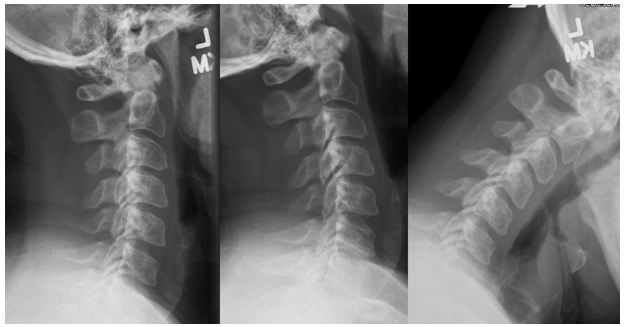When the Weekend Catches Up With You
You know the feeling. It’s Monday morning, and after a weekend of hiking the Wasatch, dominating your pickleball league, or just getting a little too enthusiastic about yardwork—you wake up stiff, sore, and wondering if you’ve suddenly aged 10 years overnight.
Welcome to the world of the weekend warrior—the hardworking adults who give 100% at their job all week and then give 120% on the field, trail, or court over the weekend. While staying active is vital for your health, sudden bursts of activity after a sedentary week can lead to microtears, joint strain, and inflammation that your body isn’t quite ready for.
That’s where Vector Spine and Sport steps in. We help weekend warriors recover from overuse injuries, chronic aches, and those “mystery pains” that sneak up after an intense workout.
Common Weekend Warrior Injuries
It’s not just elite athletes who get hurt. The truth is, weekend warriors experience many of the same injuries—just without the pro trainers and recovery teams. Some of the most common injuries we treat at our Murray chiropractic clinic include:
- Low back pain and stiffness from lifting, running, or improper form
- Shoulder pain from throwing, swimming, or weight training
- Knee pain and tendonitis from hiking, cycling, or running
- Tennis and golfer’s elbow from gripping and repetitive strain
- Plantar fasciitis and Achilles tendon pain from long hours on your feet
Each of these conditions shares a common thread: muscle imbalance, repetitive stress, or poor biomechanics—things chiropractic care and shockwave therapy directly address.
How Chiropractic Care Helps You Bounce Back
At Vector Spine and Sport, chiropractic treatment isn’t just about “cracking your back.” It’s about improving your body’s movement and mechanics so you can perform better and recover faster.
Dr. Jacob Reesor performs targeted spinal and joint adjustments to restore motion, reduce inflammation, and relieve nerve pressure that contributes to stiffness and pain. Adjustments can also help improve flexibility, coordination, and posture—all critical for preventing recurring injuries.
Studies have shown that chiropractic adjustments improve neuromuscular control, reduce pain, and can enhance athletic performance. A 2022 study in the Journal of Manipulative and Physiological Therapeutics found that spinal manipulation helps improve joint function and proprioception—your body’s awareness of movement and position.
In short: Chiropractic care keeps your body moving the way it was designed to move.
Shockwave Therapy: Your Secret Recovery Weapon
If your pain has lingered for weeks—or even months—after rest, stretching, or massage, you might be dealing with a chronic soft-tissue condition like tendonitis or fascia irritation.
Shockwave therapy (EPAT) is one of the most effective non-invasive tools for these stubborn injuries. It works by delivering acoustic pressure waves deep into the tissue, triggering the body’s natural repair mechanisms. This increases blood flow, stimulates cell regeneration, and breaks down scar tissue.
Clinical research has shown impressive results:
- A 2023 meta-analysis in Frontiers in Immunology found that shockwave therapy significantly improves pain and function for conditions like plantar fasciitis, Achilles and patellar tendinopathy (PMC10468604).
- Another study in the American Journal of Sports Medicine found that 90% of patients with chronic patellar tendinopathy improved with shockwave compared to only 50% with conservative care.
At Vector Spine and Sport, we use both focused and radial shockwave technology, allowing us to treat both surface-level and deep-tissue injuries. Most patients notice improvement within just a few sessions.
Why Combining Chiropractic and Shockwave Works Best
Here’s the secret sauce: chiropractic and shockwave work best together.
While chiropractic care restores alignment and improves movement patterns, shockwave accelerates tissue healing at the cellular level. This one-two punch helps you heal faster, move better, and reduce your risk of reinjury—without relying on medications or surgery.
How to Prevent Future Weekend Warrior Injuries
The best injury is the one you never get. Here are Dr. Reesor’s top prevention tips for weekend warriors:
- Warm up properly. A 5–10 minute dynamic warm-up can make a huge difference.
- Build strength gradually. Don’t go from couch to competition in one weekend.
- Stay hydrated. Muscles and joints function best when properly hydrated.
- Get adjusted regularly. Prevent stiffness and poor mechanics from setting you back.
- Recover like a pro. Use shockwave, laser, and stretching to keep your body tuned up.
Ready to Feel Better and Move Better?
You don’t have to let nagging pain or stiffness keep you off the court—or the trail. Whether you’re recovering from a sports injury or trying to prevent one, the team at Vector Spine and Sport in Murray, Utah is here to help you get back to doing what you love—safely and pain-free.










